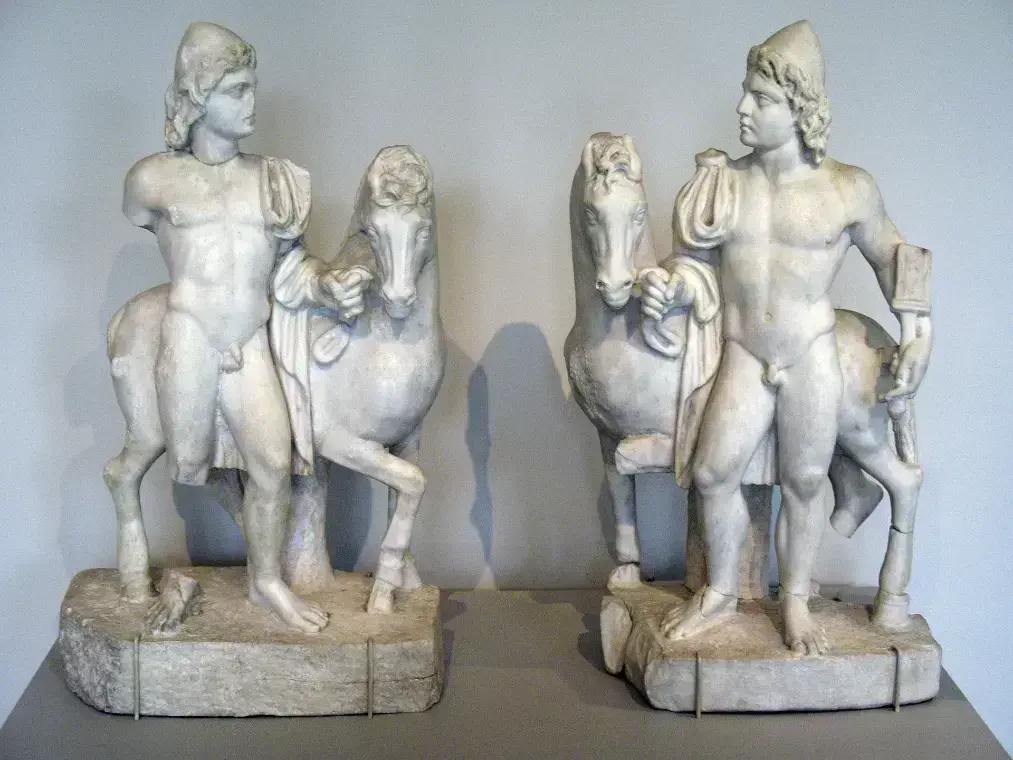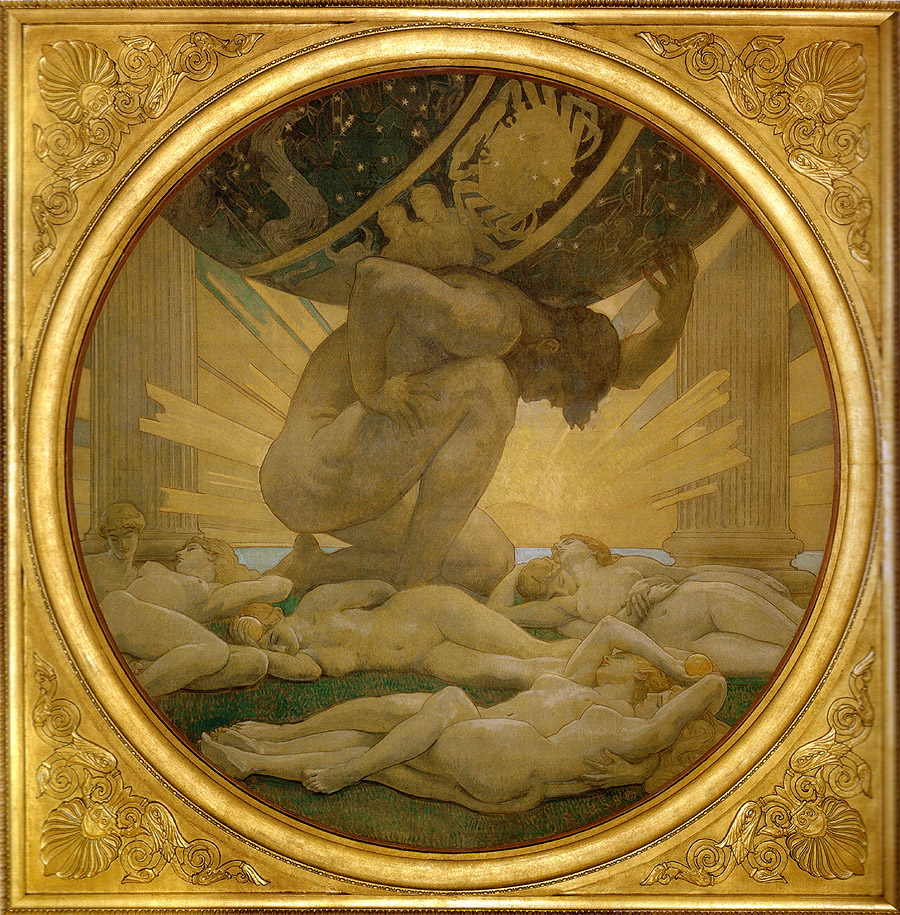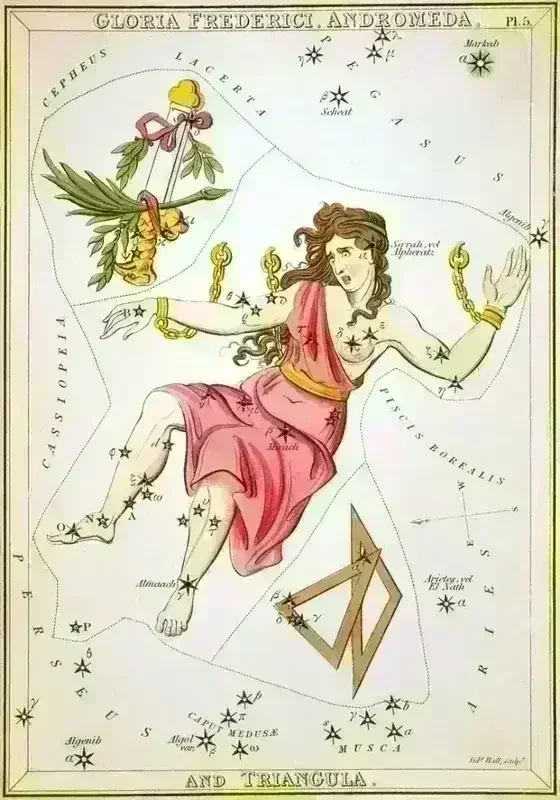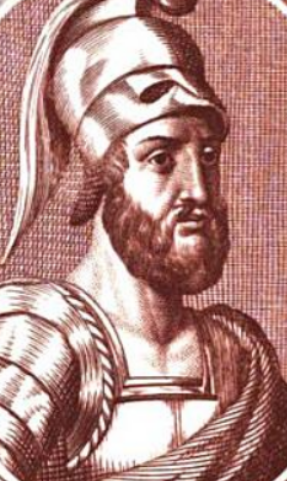Castor and Pollux

The Dioscuri, better known as Castor and Pollux (or Polydeuces), stand as fascinating figures in Greco-Roman mythology. These twin brothers shared a mother, Leda, but had different fathers - a unique case of divine and mortal parentage. While Castor was born mortal, son of King Tyndareus of Sparta, his brother Pollux was divine, conceived when Zeus visited Leda disguised as a swan. Some versions of their tale say they emerged from an egg alongside their sisters, the famous Helen of Troy and Clytemnestra.
The brothers were inseparable in life and legend. When Castor died, being mortal, Pollux was heartbroken. Unable to bear separation from his twin, he begged Zeus to allow him to share his immortality with his brother. Moved by this profound display of brotherly love, Zeus transformed them into the constellation Gemini, forever united in the night sky.
Sailors came to revere the Dioscuri as their protectors, believing the mysterious phenomenon known as St. Elmo's fire represented their protective presence at sea. They were also strongly associated with horsemanship, reflecting their origins in ancient Indo-European mythology as the divine horse twins. The Romans knew them by several names - the Gemini (twins), the Castores, or the Tyndaridae (after Castor's mortal father).
Their story particularly resonates as a tale of devotion transcending the boundary between divine and mortal, immortalized in the stars that still bear their name.


